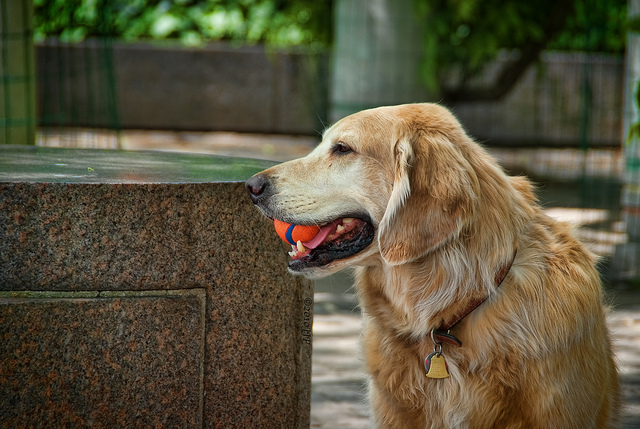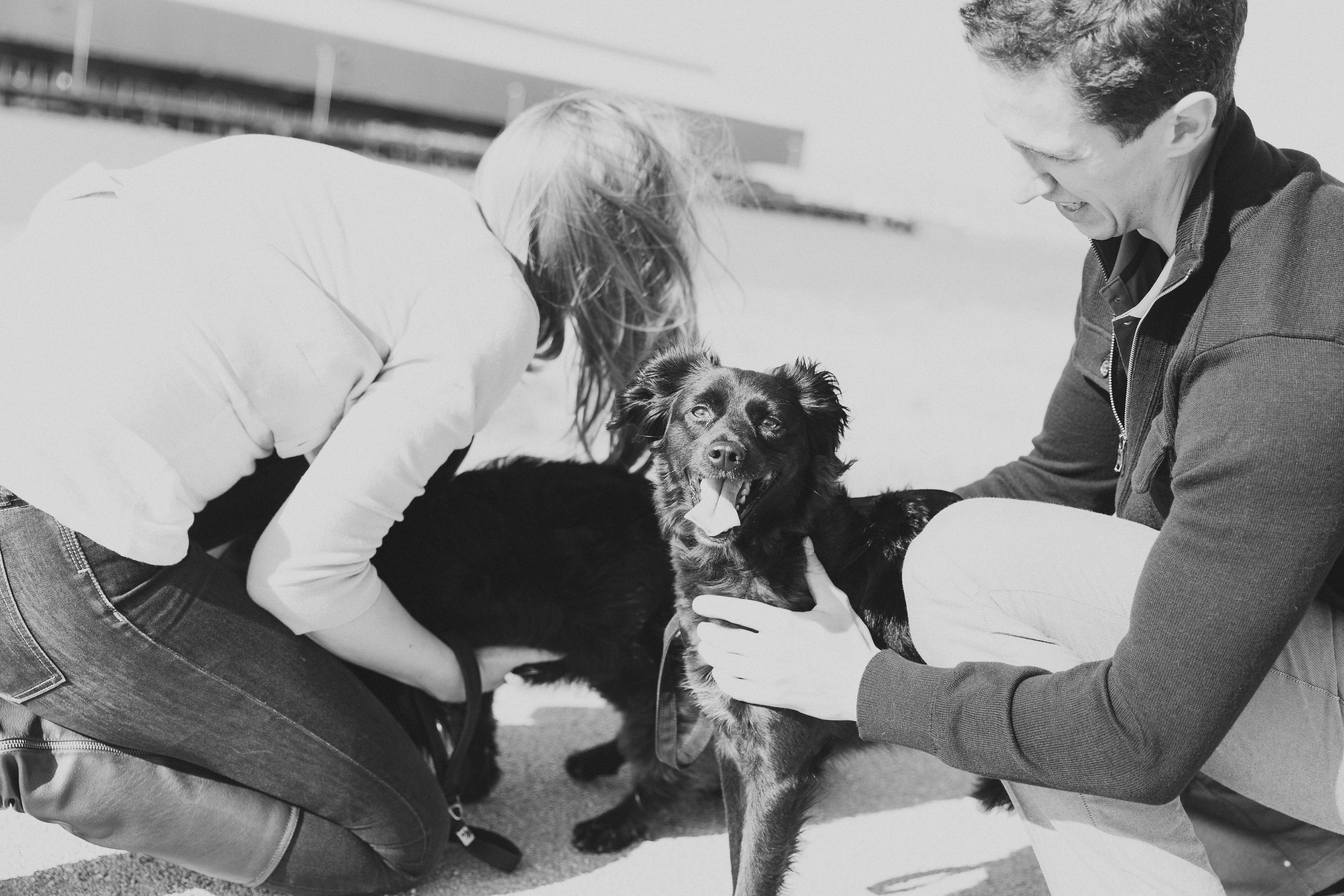While young puppies are easier to socialize around other young dogs because of their ability to accept, the older dogs between the ages of 1 and 3 are a different story. The territorial instinc generally kicks in during their stages of social maturity, so they typically do not like playing with other dogs of the same age. Upon meeting other dogs on excursions, they may stick with their human family or display aggression if the other dog gets too close. Media has given the impression this is a sign of a wild attribute and should be tamed which is wrong psychology and may even cause irreversible damage if a dog is pushed beyond its limit.
“…wrong psychology…may even cause irreversible damage if a dog is pushed beyond its limit.”

Do you have any tips on socializing older dogs? Share below!
